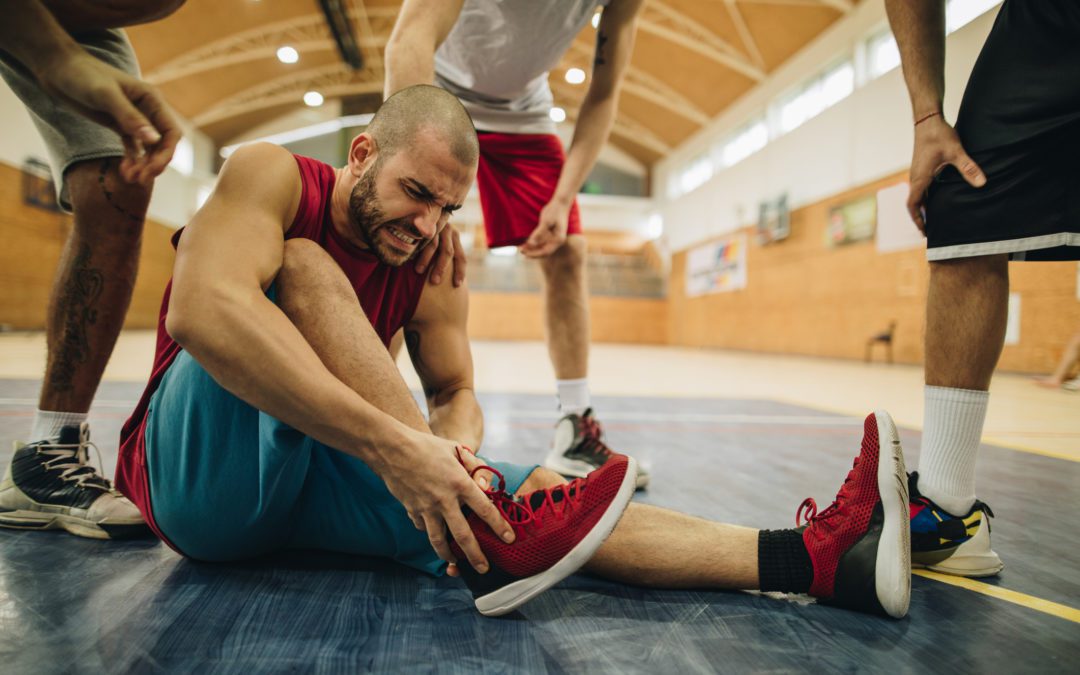The ankle is a complicated joint that can be placed under a lot of strain when you are engaged in physical activity. The joint is made up of the ankle bone, the ends of the two bones in the lower leg and associated soft tissue. Ankle injuries are particularly common if you are engaged in any kind of sport.
The most common ankle injuries are:
Sprains
Sprains are by far the most common ankle injury. It’s easy to roll, turn or twist your ankle the wrong way, and this can result in a sprain. This injury is the No. 1 reason why athletes have to miss a game or meet. Twisting your ankle doesn’t always result in a sprain, but it can. A sprain happens when the ligaments supporting the ankle are stretched too far and tear.
Sprains vary in severity, but are typically treated with ice, elevation, over-the-counter medications and exercises to restore flexibility to the ligaments. Occasionally, you might need surgery, for example if the sprain does not improve over several weeks. Any ankle injury should receive medical attention so you can make sure that there is not a fracture or severe damage. An untreated sprain can lead to permanent weakness in the ankle and potentially arthritis.
Fractures
It is possible to fracture your ankle bone, otherwise called your talus, the end of your fibula, called the lateral malleolus, or the inside and back of your tibia, referred to medically as the medial and posterior malleolus. A bimalleolar fracture is when you fracture both the fibula and tibia. Ankle fractures can be caused by falls, trips, severely twisting or rolling your ankle or impact.
Some fractures can be treated with a cast, while others might require surgical treatment, which can result in permanent plates attached to the bone.
The symptoms of a sprain and a fracture are very similar and include sudden, severe pain, swelling, bruising and inability to bear weight. Because of this, any ankle injury with these symptoms should be treated as a potential fracture.
Peroneal tendinitis
This is inflammation of the tendons that connect the lower leg to the foot, and can be caused by an injury or by repetitive overuse, making runners vulnerable. The symptoms include pain along the ankle which gets worse with physical activity, swelling, redness, warmth or thickening/masses on the tendons. It’s typically treated with a brace or cast, over the counter pain medications and physical therapy. Peroneal tendinitis can be prevented by stretching and not pushing through foot or ankle pain.
Ankle injuries, especially sprains, are fairly common, particularly among athletes. If you are experiencing ankle pain, contact Missouri Orthopedics & Advanced Sports Medicine today to schedule an evaluation.

